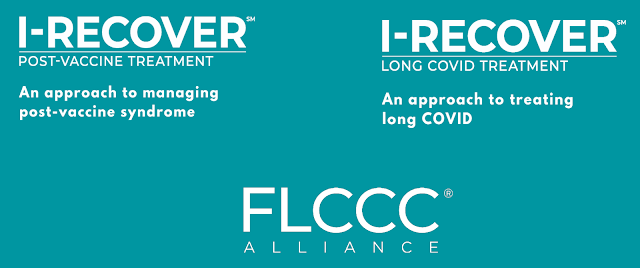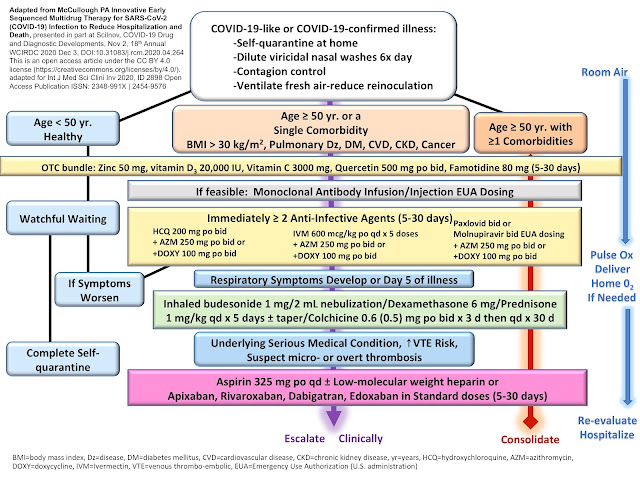Slash COVID-19 Risk with Healthy Lifestyles: Insights from 119 Studies Systematic Review (2025)
Abstract:
Healthy lifestyle factors—exercise, sunlight exposure, nutritious diet, and adequate sleep—demonstrate statistically significant efficacy in reducing the risk of SARS-CoV-2 infection and improving outcomes, consistent with their benefits against other viral pathogens. This systematic review synthesizes evidence from 119 studies, highlighting mechanisms such as enhanced immune function, increased nitric oxide production, and improved gut microbiome health. Exercise (38% risk reduction), sunlight (via vitamin D and circadian regulation), diet (nutrient-mediated immunity), and sleep (cytokine and T-cell production) collectively mitigate infection risk and severity. Post-infection benefits are also suggested, with sunlight and exercise linked to lower mortality and faster recovery. However, pandemic measures exacerbated unhealthy lifestyle trends, including reduced physical activity, poor diet, sleep disturbances, and vitamin D deficiency, amplifying vulnerability, particularly among high-risk groups. These findings underscore the need to integrate lifestyle interventions into public health strategies.
Keywords: Healthy lifestyle, SARS-CoV-2, exercise, sunlight, diet, sleep, pandemic measures, immune function, risk reduction.
Keywords: Healthy lifestyle, SARS-CoV-2, exercise, sunlight, diet, sleep, pandemic measures, immune function, risk reduction.
Introduction:
Lifestyle factors such as physical activity, sunlight exposure, dietary quality, and sleep hygiene are well-established determinants of immune health and resilience against viral infections. Amid the SARS-CoV-2 pandemic, their role in reducing risk and improving outcomes has gained renewed attention. This review consolidates data from 119 studies to evaluate the efficacy of these factors against SARS-CoV-2, explore their mechanistic links to other effective treatments, and assess the impact of pandemic-related disruptions on lifestyle behaviors.Methods:
A systematic review was conducted, analyzing 119 peer-reviewed studies (references 2-141), sourced from c19early.org. Inclusion criteria encompassed observational and interventional studies assessing exercise, sunlight, diet, and sleep in relation to SARS-CoV-2 outcomes. Efficacy was evaluated through statistical significance of risk reduction, with mechanisms of action inferred from biochemical and physiological data. Additional analyses examined lifestyle impacts during infection and the effects of pandemic measures, drawing on meta-analyses and large-scale surveys (e.g., 1.2 million participants). Data were sourced from published literature, with supplementary context from web searches where relevant.Results:
Across 119 studies, healthy lifestyles consistently reduced SARS-CoV-2 risk and severity:- Sunlight (references 6-12): Enhances nitric oxide and vitamin D levels, regulates circadian rhythms, and may inactivate SARS-CoV-2 directly. Hossain et al. (127) predict lower mortality with increased exposure within 7 days post-infection.
- Diet (references 13-43): Provides immune-supportive nutrients, strengthens gut microbiome diversity, and bolsters systemic immunity.
- Sleep (references 40, 44-59): Facilitates nutrient metabolism, cytokine production, T-cell release, and immune memory formation.
- Exercise (references 40, 57, 60-126): Increases nitric oxide, reduces chronic inflammation, enhances lung function, and improves comorbidities, with Fernandez et al. (60) reporting lower mortality in hospitalized patients.
Post-infection benefits are evident, with Pereira et al. (6) noting faster recovery with near-infrared light and Fernandez et al. (60) linking exercise to improved outcomes. However, pandemic measures disrupted these protective factors. A global survey of 1.2 million individuals (128) and a meta-analysis of 25 studies (129) confirmed significant declines in physical activity, disproportionately affecting high-risk adults (130). Diet quality deteriorated (131, 132), sleep patterns worsened (132, 133), and vitamin D deficiency rose due to lockdowns (134, 135). These shifts correlated with increased obesity, hypertension (139), hunger (140), and mental health challenges (136), compounding risk in vulnerable populations (137, 138). Overweight and underweight statuses further elevated COVID-19 risk (141).
Discussion:
Healthy lifestyles mitigate SARS-CoV-2 risk through interconnected mechanisms: sunlight boosts vitamin D and nitric oxide, synergizing with exercise-induced nitric oxide production; diet and sleep enhance immune competence; and exercise improves comorbidities and inflammation. Post-infection benefits suggest a therapeutic window, particularly before late-stage disease, though physical limits must be considered. Pandemic measures, however, reversed these gains, with lockdowns and isolation amplifying inactivity, malnutrition, and stress—factors linked to worse outcomes (138). Adolescents faced rising hypertension and weight gain (139), while global hunger surged (140), highlighting socioeconomic disparities. These disruptions underscore the vulnerability of high-risk groups and the unintended consequences of restrictive policies. Limitations include the observational nature of many studies and variability in lifestyle assessment methods.Conclusion:
Exercise, sunlight, diet, and sleep significantly reduce SARS-CoV-2 risk and severity, with potential benefits extending post-infection. Pandemic-induced lifestyle declines exacerbated vulnerability, particularly among high-risk populations, emphasizing the need for public health strategies that prioritize accessible, sustainable lifestyle interventions. Future research should explore optimal post-infection timing and address socioeconomic barriers to adoption.References:
.jpg)





.png)

Comments
Post a Comment